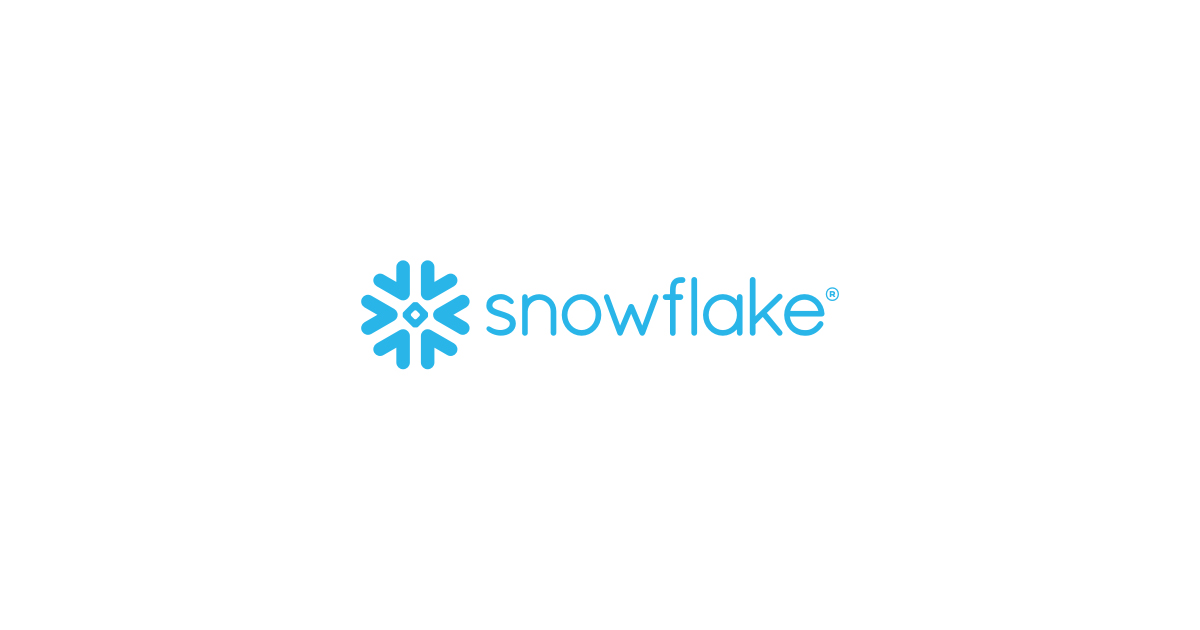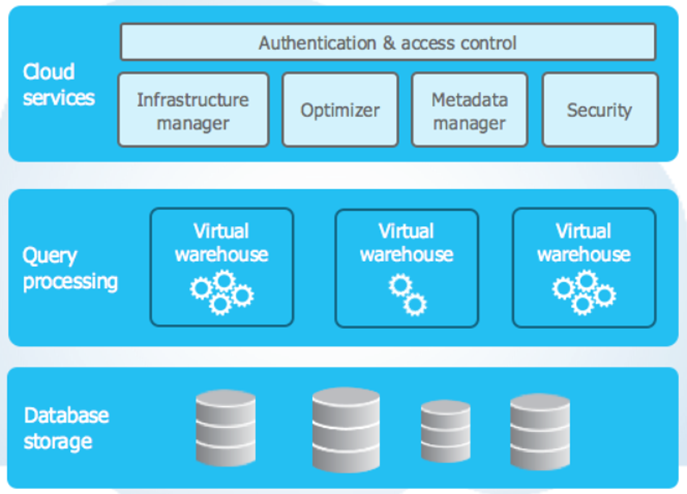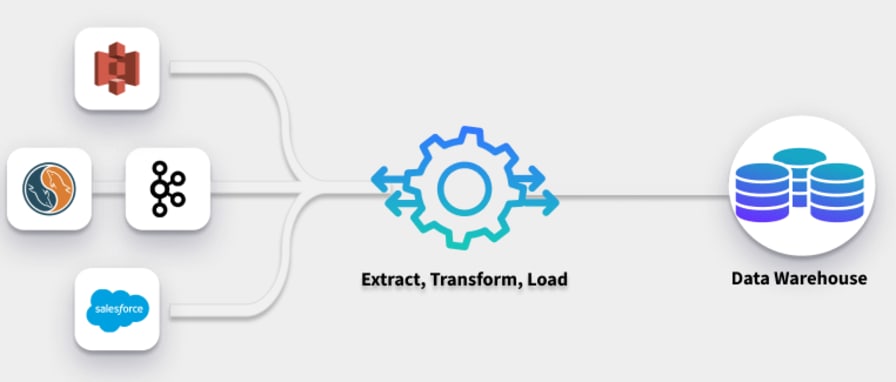

A Comprehensive Guide Of Snowflake Interview Questions
source link: https://www.analyticsvidhya.com/blog/2023/02/a-comprehensive-guide-of-snowflake-interview-questions/
Go to the source link to view the article. You can view the picture content, updated content and better typesetting reading experience. If the link is broken, please click the button below to view the snapshot at that time.

Introduction
Nowadays, organizations are looking for multiple solutions to deal with big data and related challenges. One such solution is Snowflake, an ultimate cloud-based data warehouse platform gaining attention for its innovative features like data sharing, data cleansing, separation of computing and storage, support for multi-cloud infrastructure environments, etc. If you’re preparing for the Snowflake interview, you landed at the right blog. Here we discuss the most frequently asked Snowflake interview questions into three levels: Beginner, Intermediate, and Expert.

Source: careers.snowflake.com
Before jumping to the Interview Questions for beginners, let’s see some interesting facts about the Snowflake industry.
-
Around 6000 global customers are served by Snowflake, of which 488 belong to Global 2000 and 241 belong to Fortune 500.
-
Multiple top MNCs are allied with Snowflake, for example, Amazon Web Services, Informatica, Qlik, Talend, Cognizant, etc.
-
Snowflake is gaining market popularity by providing cloud support, Near-Zero management, and a broad ecosystem to integrate, irrespective of the programming languages and frameworks.
These facts are enough to depict that Snowflake is attaining momentum as the best cloud data warehouse solution. So, let’s rush with the detailed interview questions!
Learning Objectives
Here is what we’ll learn by reading this guide thoroughly:
-
A common understanding of what a Snowflake is and its role in the technical era.
-
Knowledge of the unique architecture of Snowflake, along with reasons behind its popularity.
-
An understanding of the data storage process in Snowflake.
-
An understanding of Snowpipe and Snowflake Schema.
-
Insights into concepts like Time Travel or Data Retention Period in Snowflake.
Overall, by reading this guide, we will gain a comprehensive understanding of Snowflake to store data and interact with that. We will be equipped with the knowledge and ability to use this technique effectively.
This article was published as a part of the Data Science Blogathon.
Table of Contents
- Snowflake Beginner-Level Interview Questions
1.1. What do you mean by Snowflake Cloud Data Warehouse?
1.2. Explain the Unique Architecture Of Snowflake.
1.3. Is Snowflake an ETL Tool? If Yes, then Name Some ETL Tools which are Compatible with Snowflake.
1.4. Explain What Type Of Database Snowflake is.
1.5. Explain the Primary Reasons Behind the Success Of Snowflake. - Snowflake Intermediate-Level Interview Questions
2.1. Explain the Data Storage Process in Snowflake.
2.2. Explain the Possible Ways to Access the Snowflake Cloud Data Warehouse.
2.3. What do you mean by the Term Snowpipe in Snowflake?
2.4. Describe Snowflake Schema and State the Difference Between Star Schema and Snowflake Schema. - Snowflake Expert-Level Interview Questions
3.1. Explain the Concept of Snowflake Time Travel and the Data Retention Period.
3.2. Explain the Concept of “Stages” in Snowflake.
3.3. Is there any possible way to get data after Snowflake’s Retention Period?
3.4. Explain the Data Security Features in Snowflake. - Conclusion
SnowflakeBeginner-Level Interview Questions
Q1. What do you mean by Snowflake Cloud Data Warehouse?
Snowflake is a cloud-based data warehouse solution implemented as a SaaS(Software as a service, a cloud-based technology providing software to users). It is built on the top of Google Cloud infrastructures, AWS (Amazon Web Services), and Microsoft Azure to provide industries with flexible, scalable, highly concurrent, and profitable storage solutions while hosting BI (Business Intelligence) solutions.
Snowflake is far from pre-existing Big Data technologies like Hadoop; it works on a new SQL database query engine with a unique cloud-based architecture. Initially, this cloud-based data warehouse solution was on Amazon Web Service to load and analyze huge volumes of data. Hence, Snowflake can offer all the features of an industry analytics database along with many remarkable features, for example, the ability of Snowflake to spin up any number of virtual warehouses, which signifies that without any risk of contention, a user can operate an unlimited number of independent workloads against the same data.

Source: www.analytics.today
Snowflake revolutionized the data warehousing industry by providing a centralized system to consolidate all data. It is a centralized platform for securely sharing and consuming real-time and shared data. It comprises a unique architecture that separates calculation and storage, which is not allowed by traditional methods.
Q2. Explain the Unique Architecture of Snowflake.
Snowflake is truly a SaaS offering, and its architecture is a hybrid of shared-disk and shared-nothing database architecture in order to mix the best features of both techniques. The shared disk is a common storage device shared by all computing nodes and the shared-nothing is storage space where each computing node has its private memory. Now, like a shared-disk architecture, Snowflake utilizes a centralized data repository for persistent data. Like the shared-nothing architectures, it uses massively parallel computing (MPP) clusters for query processing, where each node holds the pieces of the complete dataset locally. To work with Snowflake, we didn’t require any specific software, hardware, ongoing maintenance, tuning, etc.
The architecture of Snowflake is built with these three key layers:

Source:- blobeater
-
Data Storage Layer: As soon as the data is loaded into Snowflake, the data storage layer identifies that data into a specific format like compressed, columnar, or optimized format. It also stores the optimized data in cloud storage.
-
Query Processing Layer: Virtual warehouses are used in this query processing layer to execute the queries. These warehouses are independent Massively Parallel Processing compute clusters composed of various compute nodes that Snowflake assigns from cloud providers. The performance of virtual warehouses is independent of each other because they do not share their computing resources with each other.
-
Cloud Services Layer: This layer acts as a coordinator and manages all activities across the Snowflake. It offers various administrative services like authentication, access control, metadata management, infrastructure management, query parsing, and query optimization.
Q3. Is Snowflake an ETL Tool? If Yes, then Name Some ETL Tools which are Compatible With Snowflake.

Source:- hevodata.com
Step1: Extract
Initially, it extracts the data from the source and creates the files in various formats like JSON, CSV, XML, etc.
Step2: Transform
It loads data into a stage that can be internal (managed by Snowflake) or external (Microsoft Azure blob, Amazon S3 bucket, Google Cloud).
Step3: Load
With the help of COPY INTO command, data gets copied into the Snowflake database tables.
Some best ETL tools compatible with Snowflake are:
-
Matillion
-
Blendo
-
Hevo Data
-
StreamSets
-
Etleap
-
Apache Airflow, etc.
Q4. Explain What Type of Database Snowflake is.
Snowflake offers the most standardized version of SQL for powerful relational database querying, i.e., ANSI.
Q5. Explain the Primary Reasons Behind the Success of Snowflake.
-
It assists various technological areas such as BI(business intelligence), data integration, advanced data analytics, security, and data governance.
-
Snowflake provides simplicity to data processing and offers extendable computing power.
-
Snowflakes support advanced design architectures and offer cloud infrastructure that is ideal for dynamic and instant usage developments.
-
There are various predetermined features supported by Snowflake like data cloning, data sharing, separation of computing and storage, and directly scalable computing.
-
Snowflake is suitable for various applications such as raw marts, data lakes with data warehouses, ODS with staged data, and data marts with acceptable and processed data.
Snowflake Intermediate-Level Interview Questions
Q1. Explain the Data Storage Process in Snowflake.
Q2. Explain the Possible Ways to Access the Snowflake Cloud Data Warehouse.
Q3. What Do you Mean By the Term Snowpipe in Snowflake?
Q4. Describe Snowflake Schema And State The Difference Between Star Schema And Snowflake Schema.
Snowflake Expert-Level Interview Questions
Q2. Explain the Concept of “Stages” in Snowflake.
Q3. Is there any Possible Way to Get Data After the Retention Period in Snowflake?
Q4. Explain the Data Security Features in Snowflake.
Conclusion
This blog covers some of the frequently asked Snowflake interview questions that could be asked in data analyst interviews. Using these interview questions as a reference, you can better understand the concept of Snowflake and start formulating effective answers for upcoming interviews. The major key takeaways from the discussed Snowflake interview questions are-
-
Snowflake is leading the cloud data warehouse market by providing its unbeatable facilities like separation of computing and storage, facilitating data sharing, and supporting multiple programming languages like Java, Go, .Net, Python, etc.
-
Snowflake platform is used by many giants, like Adobe Systems, Amazon Web Services, Informatica, Logitech, and Looker, to build their data-intensive applications.
-
.Snowflake has a SaaS-based hybrid architecture comprising three different layers: data storage, query processing, and the cloud service layer.
-
Snowflake uses a columnar format to store the data in the cloud and execute the SQL queries to retrieve that data from the cloud storage.
-
We discussed the concept of Time travel and data retention in Snowflake to store the historical data for a specific period.
-
At last, we ended this guide with a discussion of data security features provided by Snowflake, which convinced us to store our data with a default end-to-end encryption (E2EE).
The media shown in this article is not owned by Analytics Vidhya and is used at the Author’s discretion.
Related
Recommend
About Joyk
Aggregate valuable and interesting links.
Joyk means Joy of geeK
